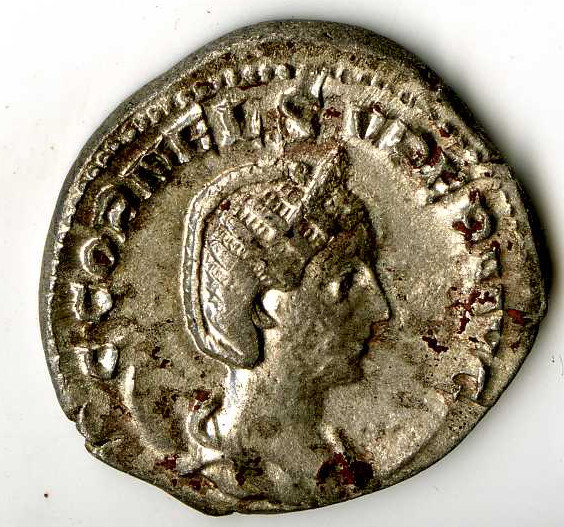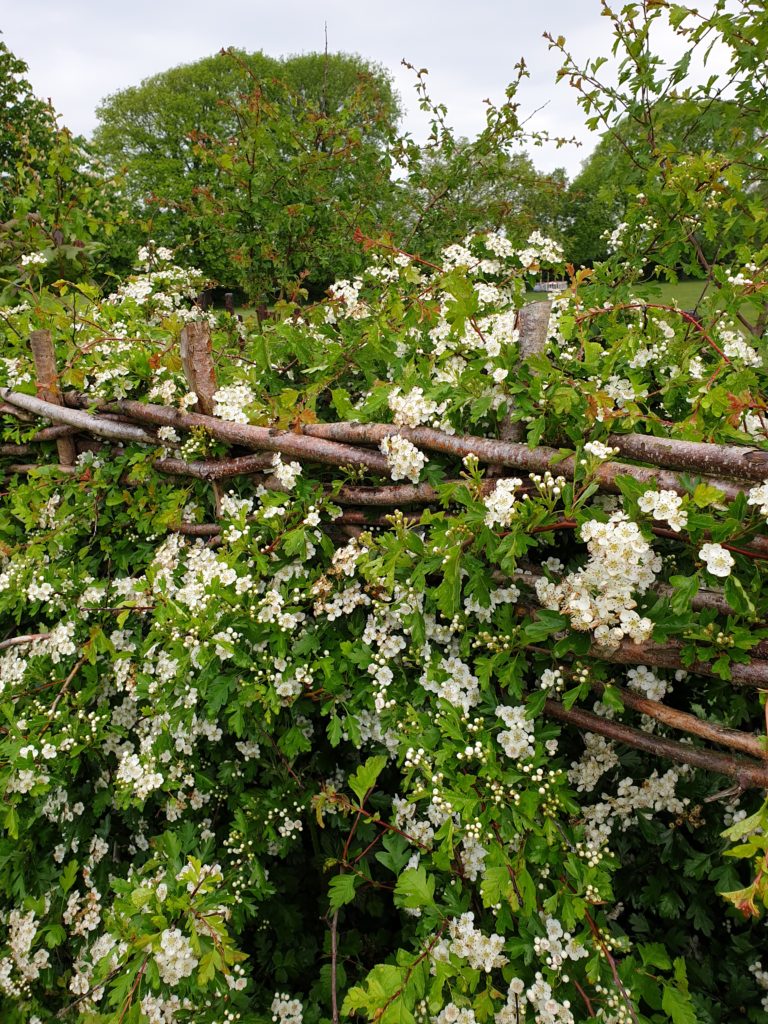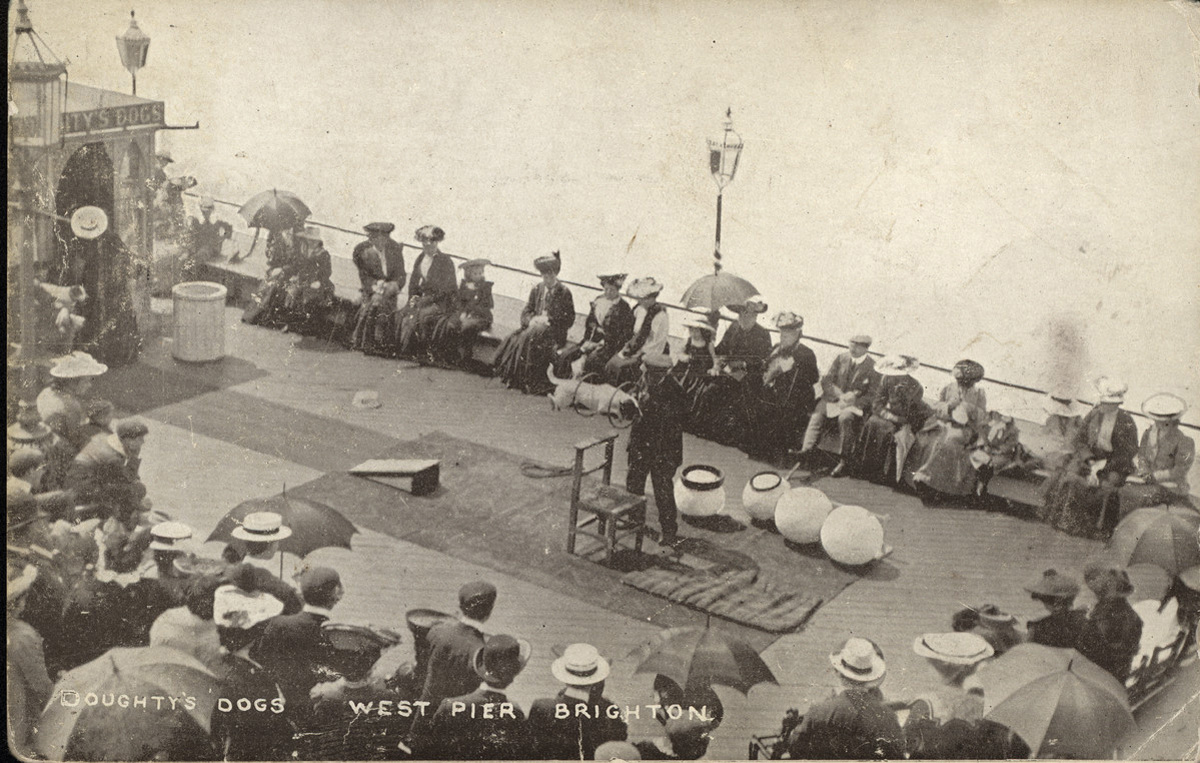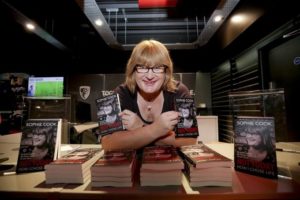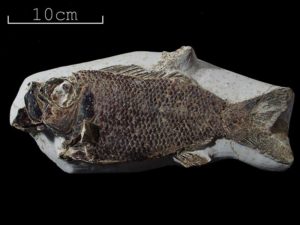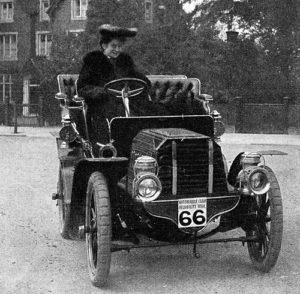
This is a legacy story from an earlier version of our website. It may contain some formatting issues and broken links.
Dubbed ‘the Fastest Girl on Earth’, Dorothy Levitt was an early motorist who competed in speed trials and long distance races, setting the Ladies World Speed record right here on Madeira Drive in the Brighton Speed Trials of 1905, by driving her Napier racing car at 79.75 mph. She has blazed her way into the 100 Pioneering Women of Sussex blog series.
Unsurprisingly, Madeira Drive in Brighton has attracted speed fans since the car was invented. The Brighton Speed Trials have occurred here annually since July 1905 following the tarmacing of the road surface for the first time. It was at these Dorothy Levitt, a phenomenally successful female racing driver set a Ladies World Speed Record. She later broke that record and won many other races as well as becoming a champion speedboat driver, an early pilot and a motoring journalist.

Dorothy Levitt at Brighton Speed Trials, 1905
Dorothy Levitt (1882 – 1922) was born Elizabeth Levi in Hackney, London, the daughter of a jeweller. She worked as a secretary for Napier & Son, early luxury car makers, where she met Selwyn Edge, a racing driver and businessman. It’s thought that Edge, believing that Levitt would be of great value in drumming up publicity for the Napier cars he wanted to sell, instigated her motoring career, arranging for her to be taught to drive and maintain cars.
She became the first British woman to compete in a speed competition in October 1903 at the Southport Speed Trials when she easily won the class for cars priced between £400 and £550. She won two medals at the Trials the following year, the same year she entered the five-day Hereford 1,000 mile Light Car Trial where a mechanical fault on the home stretch prevented her from winning. In February 1905 Levitt broke the record for the ‘longest drive by a lady driver’, driving from London to Liverpool and back in two days with only her small dog, ‘Dodo’ and a revolver for company.

Dorothy Levitt and the 12 hp Gladiator car she drove in reliability trials in 1903
It was in July that year that she set her first Ladies World Speed record at the first Brighton Speed Trials, driving a Napier car at the dizzying speed of 79.75 miles per hour. This was a resounding success for her as not only did she win her class, but she won the Brighton Sweepstakes and the Autocar Challenge Trophy here at the same time. Just the following year, Levitt broke her own record at the Blackpool Speed Trial, achieving a truly terrifying speed of 90.88 mph. She went on to compete successfully in races and trials all over Europe.
In these early days of motoring when cars were considered to fall well within male territory, the petite Levitt, who had a penchant for wearing frills and froth and always drove in an ankle length tea-coat with hat and veil, challenged stereotypes. Her domestic life was no less conventional. The story goes that she absconded from home when she realised her parents were looking for a suitable husband for her. Rejecting this fate, she lived with two female flatmates, enjoying an independence that would have been the envy of many an Edwardian woman and remained unmarried, enjoying her favourite pastimes of fishing and poker, for the rest of her life.

Testing the quality of oil in the tank, Dorothy Levitt
Unsurprisingly Levitt was a champion of female motorists. She wrote a regular newspaper column for the weekly publication, ‘The Graphic’, and gave lectures encouraging women to take up driving. In 1909, in an attempt to demystify and de-masculinise driving and car maintenance, she published The Woman and the Car: A Chatty Little Hand Book for Women who Motor or Want to Motor. With chapters entitled ‘The Car – Its Cost, Upkeep and Accessories’, ‘The Mechanism of the Car’, and ‘Troubles – How to Avoid and How to Mend them’, and sensible tips including ‘Always regard pedestrians, whether males, females or infants as uncertain in their possible actions, Never take it for granted that the other driver will certainly do the right thing, Never allow yourself to get flurried in the face of danger and remember that your coolness may save the situation.’
One of her tips was ‘always to carry a hand mirror with you so that you could check what was happening behind you.’ As this was seven years before the rear view mirror came into being, Levitt could be seen as its early proponent. Levitt’s book opened up driving – and the freedoms it brought – to many women.

Dorothy demonstrates how to prime the carburettor. Photograph from Dorothy’s book: The Woman and the Car
Levitt had many other speed related strings to her bow. In 1903 she won the inaugural Harmsworth Cup for motor boating in Cork, Ireland and later went on to set the world’s first water speed record, achieving a speed of 19.3mph at the helm of a speedboat. She also conquered the air, learning to fly in France alongside Raymonde de Laroche (1882 – 1919), considered the world’s first woman to pilot a plane, although there is uncertainty about whether she ever officially qualified to fly.
Sadly Levitt died relatively young in 1922 at her home in London. The circumstances surrounding her death remain unknown but a verdict of ‘misadventure’ was recorded at the inquest.
Although many people consider Levitt’s career to have been started by Selwyn Edge as a publicity gimmick, no one can dispute that Levitt ran with the brief far further and faster than he – or anyone – would have imagined she could.
This is an extract from Louise Peskett’s forthcoming book, Brighton Women, the Notable and the Notorious: A Guided Walk









